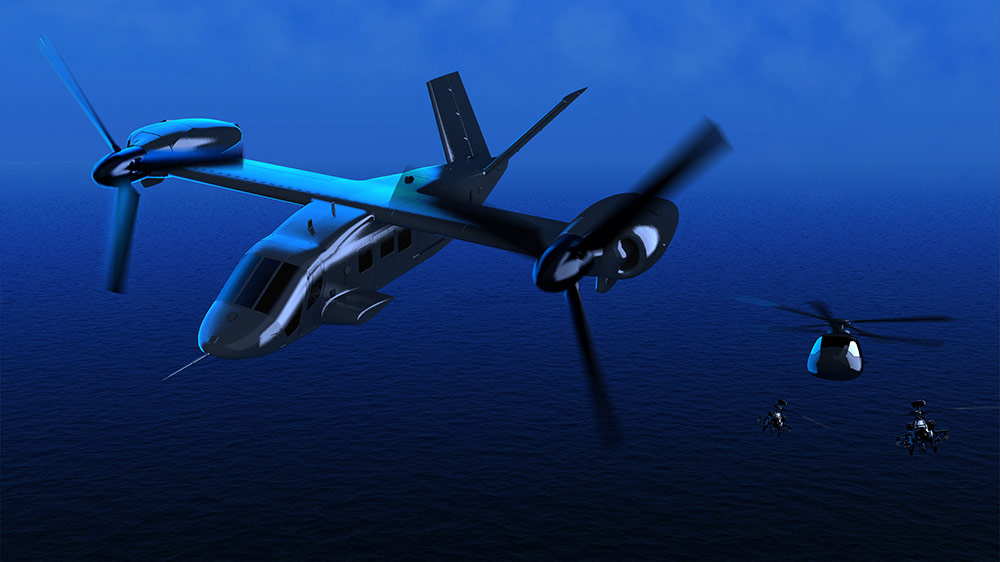Future Vertical Lift (FVL) helicopters are poised to revolutionize aerial transportation, offering unprecedented capabilities and efficiency. These aircraft are being designed to meet the evolving needs of military and civilian sectors, with a focus on advanced technologies and sustainable practices.
Key Innovations and Features:
- Hybrid Propulsion: Combining traditional rotorcraft technology with electric or hybrid-electric systems, FVL helicopters aim to reduce fuel consumption, emissions, and noise pollution.
- Advanced Materials: Lightweight materials such as composites will enhance aircraft performance, improve fuel efficiency, and increase payload capacity.
- Autonomous Flight: FVL helicopters are being developed with autonomous capabilities, allowing for unmanned operations in challenging environments and reducing the risk to human pilots.
- Enhanced Maneuverability: Innovative rotor designs and advanced flight control systems will enable FVL helicopters to perform complex maneuvers and operate in confined spaces.
- Vertical Takeoff and Landing (VTOL): Maintaining the signature capability of helicopters, FVL aircraft will continue to operate from various landing zones without requiring extensive infrastructure.
Military Applications:
- Special Operations: FVL helicopters will provide enhanced capabilities for special forces, including infiltration, exfiltration, and close air support.
- Search and Rescue: Their advanced technology and increased range will enable faster response times and improved survival rates in search and rescue missions.
- Combat Support: FVL helicopters will offer crucial support to ground troops, providing medical evacuation, resupply, and fire suppression.
Civilian Applications:
- Emergency Services: FVL helicopters will be invaluable for disaster relief, search and rescue, and medical transport in remote areas.
- Transportation: They could potentially be used for urban air mobility, offering a faster and more efficient alternative to traditional ground transportation.
- Tourism and Recreation: FVL helicopters can provide unique sightseeing experiences and support outdoor activities such as heli-skiing and heli-hiking.
Challenges and Future Directions:
- Infrastructure: The development of FVL helicopters will require investments in supporting infrastructure, such as charging stations for electric or hybrid-electric models.
- Regulations: Ensuring the safe and efficient integration of FVL helicopters into the airspace will necessitate new regulations and guidelines.
- Public Acceptance: Addressing public concerns about noise, safety, and privacy will be crucial for the widespread adoption of FVL technology.
As FVL helicopters continue to evolve, they have the potential to transform the way we travel, work, and interact with our environment. By combining cutting-edge technology with sustainable practices, these aircraft are poised to shape the future of aviation.
Would you like to know more about specific FVL helicopter projects or their potential impact on a particular industry?
